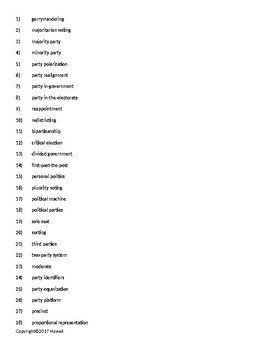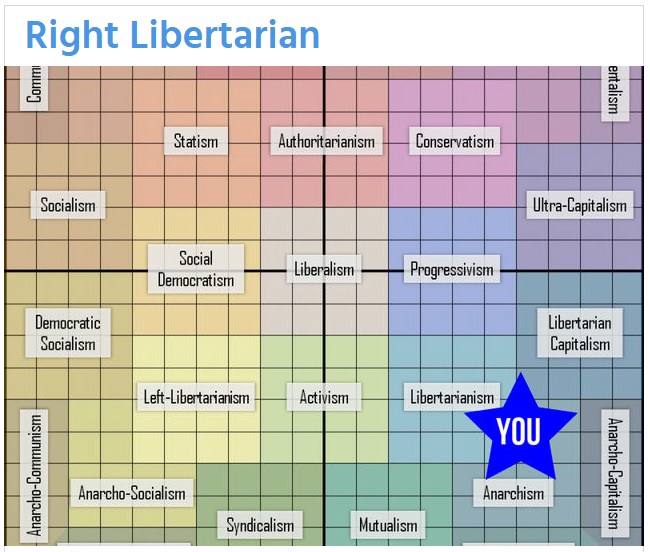

The Senate would most likely become a much more free-wheeling institution, as it was in the past. Multiparty democracy would facilitate the shifting alliances and bargaining that are essential in democracy but have largely disappeared in today’s zero-sum conflict. If more parties emerged, coalitions across parties would form to elect a speaker and organize committee assignments - just as coalitions form in multiparty legislatures around the world. Legislation introduced in the current Congress, the Fair Representation Act, would require use of multimember districts with ranked-choice voting in most states’ House selections as well as elections for the Senate. So more than one party could represent a district in proportion to their popularity within that large district - just as they do in most advanced democracies. This approach features districts much larger than our current tiny congressional ones - and each elects more than one person, at once, to represent the region. We get to such a system through proportional multimember districts.

Until American politics nationalized in the 1980s and 1990s around divisive culture-war issues, they operated more independently within the two major political parties. These six parties reflect the underlying factions - and divides - within the Democratic and Republican parties. They will find a home in either the New Liberal Party or the Growth and Opportunity Party. Many readers who consider themselves centrist might also think of themselves as socially liberal/fiscally moderate or socially moderate/fiscally conservative. That is because there are very few voters in the middle across all issues. Each party represents a different portion of the electorate, not only ideologically but also by economic class and political engagement.


 0 kommentar(er)
0 kommentar(er)
